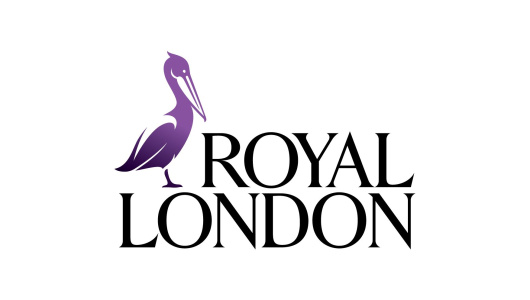
With a new government intent on raising taxes, the industry anticipated there would be changes to pensions within the Budget, and that proved true with the announcement that, from April 2027, pensions will fall into the inheritance tax (IHT) net.
Since 2015, the tax treatment on pensions on death has been especially generous, and even more so since the lifetime allowance was abolished.
Now, if someone dies before the age of 75, their beneficiaries can take the full amount out via drawdown without paying a penny of tax – whether the fund is £400,000 or £4m.
At some point, the pendulum had to swing back the other way. Few can oppose the general concept to change the tax treatment of pensions on death. Unfortunately, the solution the Treasury has alighted on is probably the most expensive and convoluted they could have chosen.
It sounds such a simple change to treat pensions as any other asset when working out IHT due. Unfortunately, I strongly suspect those policymakers familiar with IHT are the ones pushing this solution, with little knowledge of why pensions are a different type of asset.
HM Revenue & Customs (HMRC) proposes squeezing pensions distribution into the current probate system. This means working out the IHT due and paying it within the usual six months of death deadline. The nil-rate band will be apportioned between the estate and each pension scheme, and the personal representative (PR) will be responsible for working out this apportioning using a new yet-to-be-built HMRC calculator.
However, the scheme administrator will be responsible for reporting and paying the IHT due on the pension fund. Overlaying this with the usual approach of trustees or scheme administrators exercising discretion to choose beneficiaries will continue to apply.
This all sounds challenging. PRs and pension-scheme administrators are going to be heavily reliant on each other sharing all relevant information in a timely manner. Delays and soaring costs feel inevitable.
It’s important to note every pension saver’s estate will have to go through this process to establish if any IHT is due, so these delays will hit every pension saver, not just the wealthiest.
I can’t help feeling the Treasury missed a trick here. A more pragmatic approach would have been to first consult with the industry on what solution would work best to achieve the financial result sought (the current proposal will raise an extra £1.5bn in taxes in 2029-30).
If they had, then there are at least three different options to consider.
The first is to extend income tax to any withdrawal by the beneficiary, removing the arbitrary age 75 cut off (but maybe only beneficiaries older than normal minimum pension age (NMPA) of 55). This would be both fair (as the highest earning beneficiaries would face the largest tax bills) and administratively straightforward, because it follows the process already in place for people aged over 75.
A second solution could apply a flat rate of tax to pension funds on death before passing onto the beneficiary. This has the advantage of being easily understood and anticipated, meaning it’s easier for people to plan for their future with some certainty. It also means HMRC gets its money upfront with few delays.
However, because both these solutions neatly sidestep IHT, they may be politically a step too far for the Treasury to now consider. If the government is intent on bringing pensions into IHT, the simplest way to do this would be to pay unused pensions to a partner or civil partner IHT-free, or to pay to the estate.
Is it too late to now consider these alternative solutions? I very much hope not. Extending IHT to pensions will cause costs and delays to everyone, as well as other unintended consequences. Finding a different solution to the same policy ask is not backing down. It’s being practical.
Rachel Vahey is head of public policy at AJ Bell














Another alternative would be for the Treasury/ Chancellor to allow part of the policyholder’s contributions to be allocated to some sort of life assurance arrangement to meet the IHT liability when it eventually arises. Of course, this’ll be of very limited value for older policyholders but, for those who start young (as with all things to do with retirement income planning), it could be very cost-effective.
I think the WOL aspect of this is really important. Investors will simply draw more income, or buy an annuity to generate it, and buy WOL to pay the IHT. This will give those with most scope to draw unneeded income the strongest mitigation of IHT, and leave those already drawing the maximum they can, and those who are uninsurable, with the tax problem. I don’t think that’s the intended outcome and they should think again.